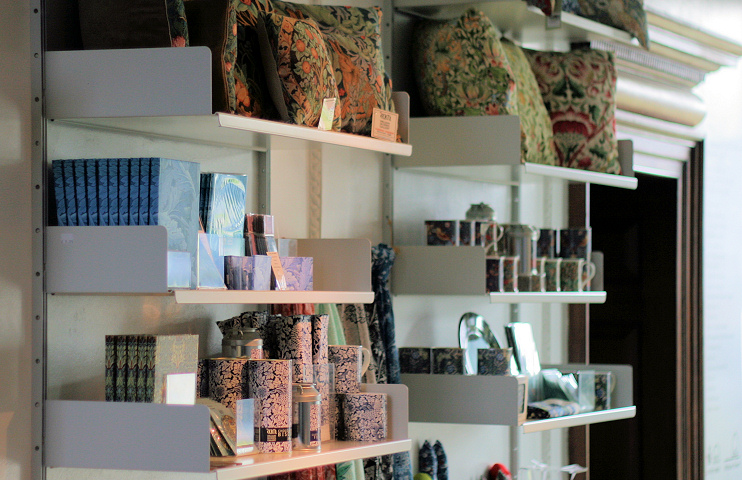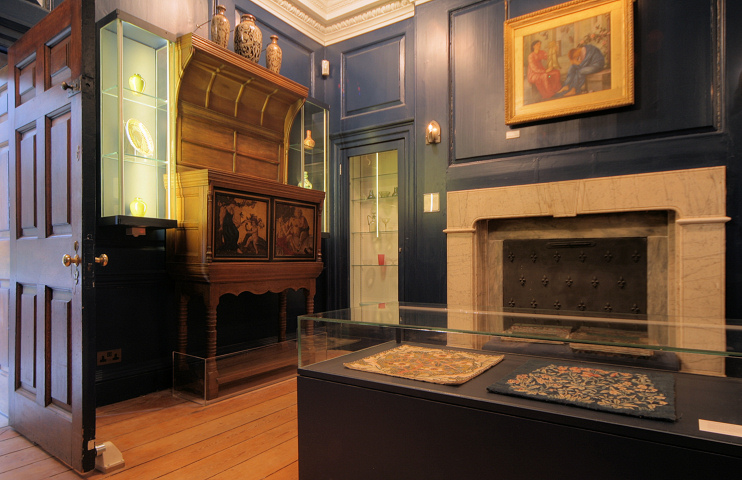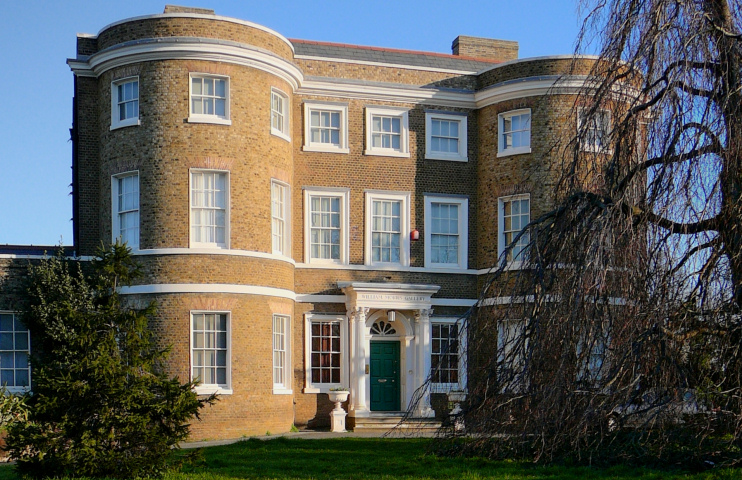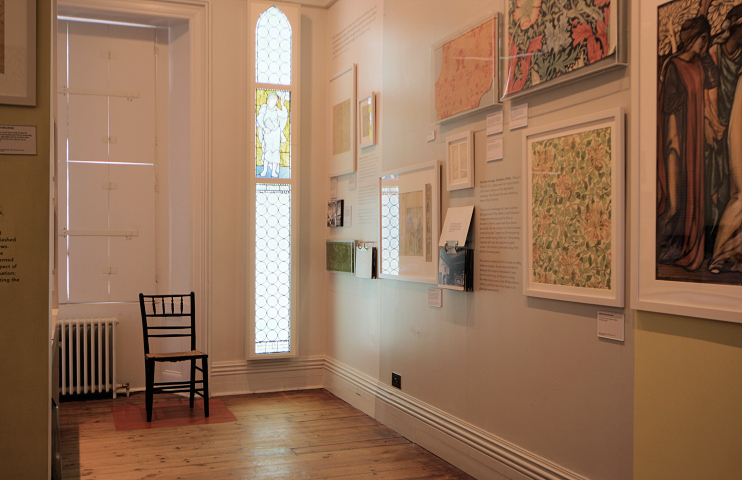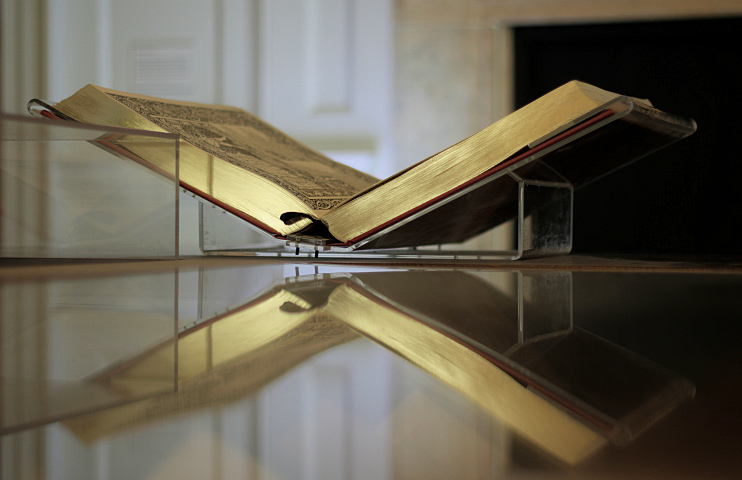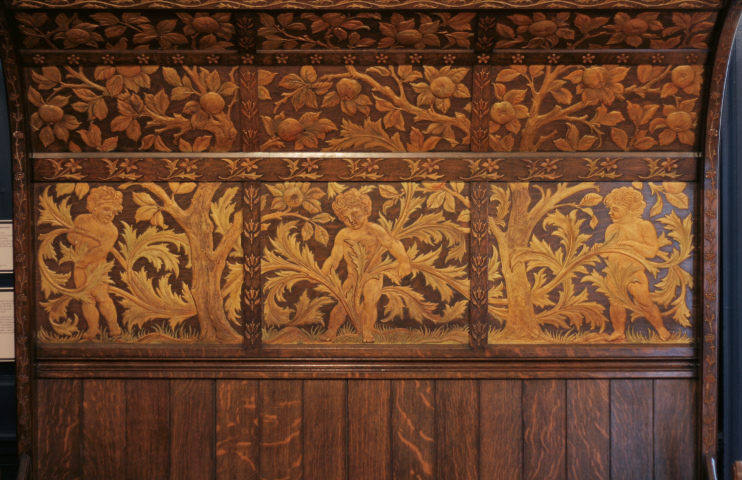William Morris Gallery
An award-winning museum of arts and crafts
William Morris Gallery, Walthamstow

William Morris (1834–96) was an artist, craftsman, textile designer and writer – among several other attributes. He was both a passionate socialist and a successful entrepreneur, founding and running the business that became Morris & Co.
Then called the Water House, the modest mansion that is now the William Morris Gallery was his home as a teenager. He was born in Walthamstow too, in a house that stood about half a mile west of here.
The publisher Edward Lloyd bought the Water House after the Morris family departed in 1856 – and Lloyd’s son Frank presented the house and its gardens to the borough of Walthamstow in 1898. Within two years Lloyd Park had been created but it was not until 1950 that the William Morris Gallery finally opened, though the idea had first been mooted in 1914 and active planning had begun following local celebrations of the centenary of Morris’s birth.
Financial crises have threatened the gallery’s existence more than once in the ensuing years, most recently in 2007. Three years later, funds were secured to enable the house to be restored, revamped and extended. The William Morris Gallery reopened in August 2012, to popular acclaim. The following year it won the Art Fund’s prestigious Museum of the Year prize.
There are nine individual galleries, arranged thematically and filled with textiles, furniture, ceramics, paintings, books and personal items connected with Morris and his associates. As you’d expect in a modern museum, the objects on display are complemented by films, audio and hands-on interactives.

The most stylish individual gallery – a corner of which is shown in one of the slides below – is based on Morris’s Oxford Street shop.
The room most popular with visitors seems to be the gallery inspired by the Morris & Co. workshops at Merton Abbey, in which adults and children can learn (in grown-up or childish ways) how the printed fabrics and other materials were made.
Hidden London’s favourite is Gallery 6: the Ideal Book, which is devoted to Morris’s lifelong love of storytelling and to his last great project, the Kelmscott Press.
The new format allows the curators to rotate displays more easily, frequently bringing out fresh items and putting others back into storage. This helps protect vulnerable objects from excessive exposure to light – and gives regular visitors something different to see every time.
The William Morris Gallery also organises an impressive calendar of talks, tours, workshops, interactive sessions for families, film screenings and other events.
In addition to the William Morris Gallery, the great man’s life and work are also celebrated in depth at three other London addresses:
- Red House in Upton, Bexleyheath, which he co-built and where he lived for five years with his wife Jane and their two daughters
- The Victoria & Albert Museum in South Kensington, which Morris supported and helped decorate and where he served as an ‘art referee’
- Kelmscott House in Hammersmith, where he died at the age of 62 and which is now the home of the William Morris Society (in the coach house and basement)





